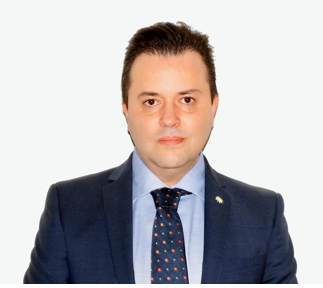Modern Management of Endodontically Treated Teeth
A special issue of Prosthesis (ISSN 2673-1592).
Deadline for manuscript submissions: 12 August 2024 | Viewed by 6268
Special Issue Editor
Interests: endodontics; aesthetic dentistry; restorative dentistry; esthetic dentistry; dental caries; dental education; implant dentistry; clinical dentistry; dental materials composite resins
Special Issues, Collections and Topics in MDPI journals
Special Issue Information
Dear Colleagues,
Coronal and root fractures are the most frequent cause of teeth extraction in patients undergoing root canal therapy. Moreover, this is associated with the structural alteration of the teeth, which, following the loss of coronal tissue and endodontic treatment, significantly modifies their biomechanical behaviour. On the one hand, the loss of pulp tissue leads to the dehydration, demineralization, and alteration of the collagen component of the tooth. Furthermore, the lack of a coronal seal can result in bacterial micro infiltration, which is potentially the cause of reinfection of the root canal system. From this point of view, the possibility of endodontically treating teeth using minimally invasive approaches should be considered. The literature presents many studies related to the restoration of endodontically treated teeth. While there is much debate about the costs and benefits of the different types of restoration, it is, without a doubt, the quantity and quality of the residual dental tissue that must guide the clinician in choosing the type of restoration. Furthermore, root canal retention protocols should be used that do not cause further damage to the residual dental tissue. In brief, the correct management of the aspects listed above and adequate post-endodontic coronal restoration influence the long-term survival of endodontically treated teeth.
Dr. Alfredo Iandolo
Guest Editor
Manuscript Submission Information
Manuscripts should be submitted online at www.mdpi.com by registering and logging in to this website. Once you are registered, click here to go to the submission form. Manuscripts can be submitted until the deadline. All submissions that pass pre-check are peer-reviewed. Accepted papers will be published continuously in the journal (as soon as accepted) and will be listed together on the special issue website. Research articles, review articles as well as short communications are invited. For planned papers, a title and short abstract (about 100 words) can be sent to the Editorial Office for announcement on this website.
Submitted manuscripts should not have been published previously, nor be under consideration for publication elsewhere (except conference proceedings papers). All manuscripts are thoroughly refereed through a single-blind peer-review process. A guide for authors and other relevant information for submission of manuscripts is available on the Instructions for Authors page. Prosthesis is an international peer-reviewed open access semimonthly journal published by MDPI.
Please visit the Instructions for Authors page before submitting a manuscript. The Article Processing Charge (APC) for publication in this open access journal is 1600 CHF (Swiss Francs). Submitted papers should be well formatted and use good English. Authors may use MDPI's English editing service prior to publication or during author revisions.
Keywords
- endodontics
- restorative
- prosthesis





